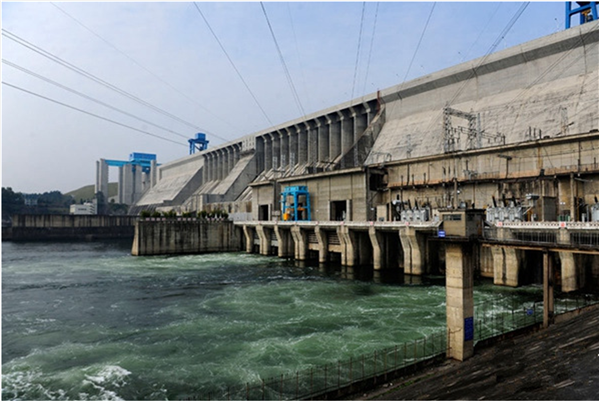
Photo shows the
heightened Danjiangkou Reservoir Dam in Central China's Hubei province, the
starting point of the middle route of South-North Water Diversion Project.
[Photo/Xinhua]
Thanks to the massive
project to divert water from the Yangtze River Basin to the drought-prone
north, the level of groundwater in recipient regions is beginning to recover,
according to the Ministry of Water Resources.
A recent assessment has
found that the first phase of the megaproject's eastern and middle branches
have helped replace the use of over 3 billion cubic meters of ground water in
urban areas, according to a media release from the ministry on Tuesday.
This has prevented
further lowering of the water table in these urban areas and allowed
groundwater levels to rise, it added.
The South-North Water
Diversion Project has three branches; the eastern, middle and western routes.
As the most prominent of the three, due to its role in bringing water to the
capital, the first phase of the middle route began supplying the region with
water on Dec 12, 2014.
The first phase of the
eastern route, which serves Jiangsu and Shandong provinces, began operation in
November 2013. The western route remains in the planning stage and has yet to
be built.
According to the
ministry, aside from meeting demand for water along the branches, the
megaproject has been helping to top up natural water bodies in the six
provincial regions it passes through since 2018.
As a result, 967
kilometers of formerly dry watercourses have come back to life. Water
supplementation has also added some 348 square kilometers to lake areas.
The release stated that
marked rises in groundwater levels have been reported in areas near these
bodies.
Source:
chinadaily.com.cn







